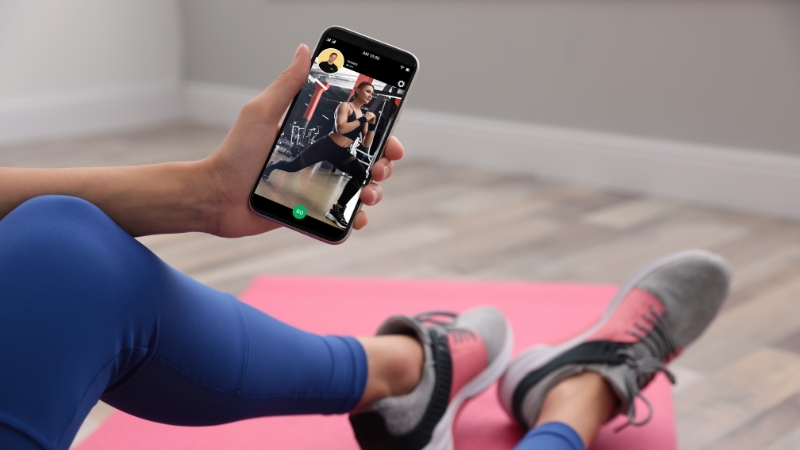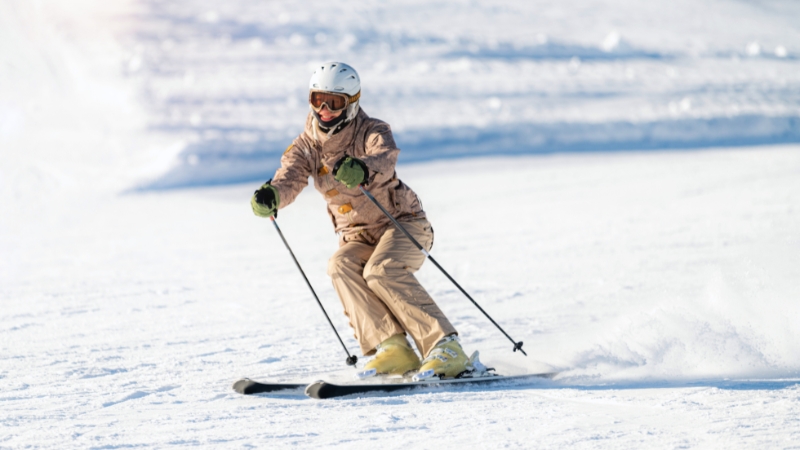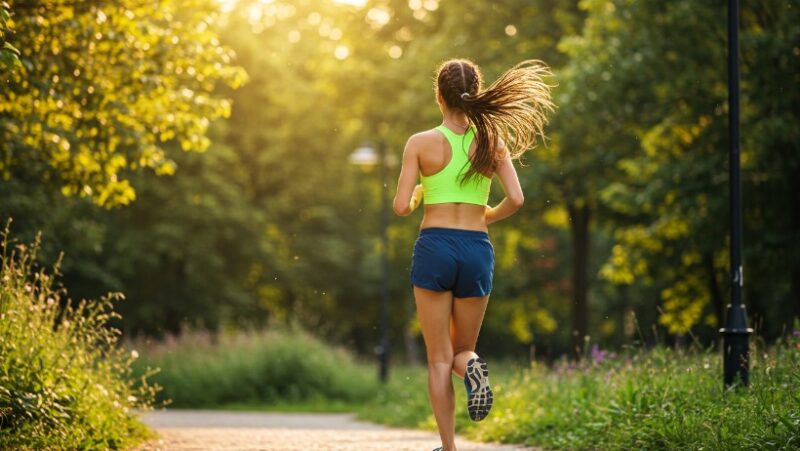
Share Post:
Outdoor fitness has surged in popularity, with more people hitting the streets, trails, and parks to stay active.
Increased activity also brings an increase in risks, especially for solo exercisers. Staying alert and informed can prevent dangerous situations.
Reports of incidents involving runners and walkers serve as strong reminders to prioritize personal safety during workouts.
Without further ado, let us talk about the safety tips that should be considered.
1. Always Inform Someone of Your Plans
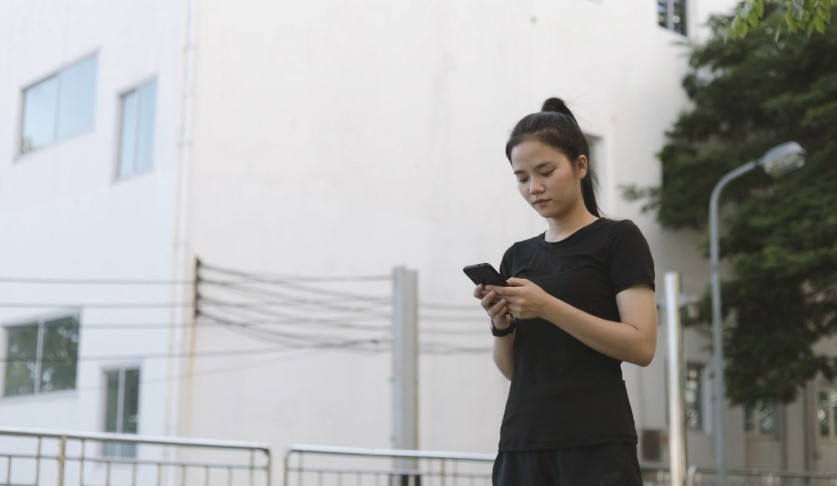
Solo runs or walks may feel peaceful and convenient, but they can also introduce a level of risk if no one knows your whereabouts.
Taking a moment to inform someone of your intentions is a simple habit that significantly improves personal safety.
Accidents, injuries, or unexpected delays can happen to anyone. Quick response often hinges on someone knowing where to look first.
Before stepping out, always tell a trusted person your planned route, how long you expect to be gone, and when you plan to return.
Include the following points in your routine communication:
- Exact route or location (e.g., trail name, street loops, park path)
- Estimated start and end time of your activity
- Backup contact method, like your phone number or app location sharing
Several easy ways to communicate your plans include:
- Sending a quick text or voice note
- Updating a shared calendar with location and time block
- Leaving a sticky note at home with details of your route and time
During emergencies, responders and loved ones waste valuable time trying to guess where someone might have gone.
That guesswork can be avoided with a simple update before leaving.
GPS-based apps also allow real-time location sharing, making it even easier for someone to track your movements if needed.
2. Be Visible and Dress Brightly
Choosing the right clothing for outdoor fitness is not just about comfort or performance, it plays a major role in personal safety.
Clothing that enhances visibility can drastically reduce the chances of being struck by a vehicle or going unnoticed in areas with heavy traffic or low lighting.
Too many runners and walkers make the mistake of dressing in dark, muted tones, especially in the early morning or late evening, which increases the risk of accidents.
Bright neon colors such as lime green, hot pink, or electric orange catch attention quickly and reflect light even in partial shade.
These colors create a strong contrast against natural backgrounds, pavement, or vehicles.
To further improve safety, incorporate the following visibility-enhancing elements into your outfit:
- Items such as vests, bands, stickers, or jackets that shine when hit by headlights are essential.
- Clip-on LED lights or wearable lights on your shoes or armbands help draw attention from all directions.
- Bright hats, socks, and gloves improve movement visibility, especially when your limbs are in motion.
- Many athletic shoes now feature built-in reflective patches, which add another layer of visibility with each step.
Overcast weather, shaded routes, or busy intersections can reduce how well others see you, even in broad daylight.
3. Ditch the Distractions: Mind Your Headphones
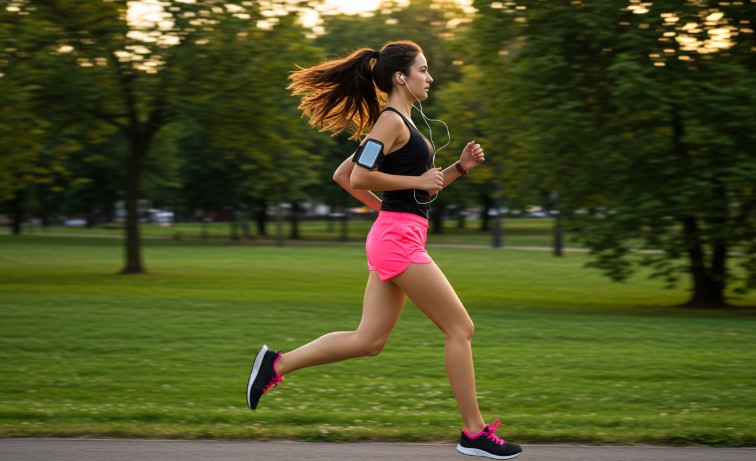
Many outdoor exercisers love listening to music or podcasts to stay motivated. While that soundtrack may keep the pace upbeat, it can also dull awareness and create hazards.
Numerous incidents have occurred because someone couldn’t hear a car horn, an aggressive dog, or another person approaching.
Noise-canceling earbuds and loud music essentially place you in a bubble, and that bubble can be dangerous.
Sound awareness is crucial, especially on roads, near parks, or in areas with unpredictable foot or vehicle traffic.
Instead of drowning out your surroundings, aim to stay connected to them. Use sound responsibly to enjoy your activity without becoming vulnerable.
To reduce risk, follow these key points:
- Use only one earbud if you must listen to music, leaving one ear open to hear what’s going on around you.
- Keep volume at a low level, so surrounding noises like approaching footsteps, honking, or emergency sirens can still be heard.
- Try bone-conduction headphones, which sit outside the ears and allow ambient sound to come through naturally.
- Pause or lower your audio when entering unfamiliar areas or crossing intersections.
Avoid falling into a mental zone where all awareness fades. Zoning out while immersed in sound can slow reaction time and delay recognition of threats.
Being alert doesn’t mean silence, but it does mean striking the right balance between entertainment and safety.
4. Run Against Traffic
Facing oncoming traffic is a life-saving tactic. Seeing vehicles as they approach allows for early detection and faster reactions. Drivers can also spot you more easily, giving them time to adjust their speed or position.
Moving in the same direction as traffic reduces your visibility. You won’t see hazards until it’s often too late.
Even attentive drivers may not notice someone on the side of the road if they blend into the environment or appear suddenly from behind parked cars.
Maintain a safe buffer zone between yourself and moving vehicles. Walking or running too close to the road’s edge increases risk, especially where curbs are absent or shoulders are narrow.
Avoid positioning yourself near obstacles that limit your ability to escape danger.
Watch out for:
- Narrow or nonexistent shoulders
- Parked cars that block sightlines
- Overgrown vegetation, bushes, or trees
- Driveways and hidden entrances
Predictable and deliberate movement helps drivers anticipate your path. Sudden changes in direction or darting across roads disrupt that rhythm and increase chances of accidents.
Head-on visibility allows both parties to remain in control.
5. Stick to Well-Traveled and Well-Lit Routes
Crowded paths might not always seem ideal for a peaceful workout, but they offer a critical safety advantage.
Isolated areas often lack the presence of others who could assist in case of emergencies. Predators are less likely to act where other people are nearby.
Dimly lit streets conceal threats and create shadows where danger can hide. Artificial lighting is one of the simplest but most effective deterrents to crime.
Well-lit areas not only improve visibility for safety but also help you spot uneven pavement or obstacles that could lead to injury—something especially important for those with vision concerns. If you have trouble seeing clearly during early morning or evening walks, consider consulting experienced ophthalmologists to ensure your eyesight isn’t putting you at additional risk.
Before heading somewhere unfamiliar, do a quick check online or via local apps to learn about recent crime activity.
Skipping this step could put you on a route with known issues. Choosing safety over novelty is always the better decision.
Key reminders:
- Avoid alleys, unlit trails, and isolated backroads
- Use fitness paths or roads with regular foot and vehicle traffic
- Stick to routes near businesses, schools, or community centers
- Stay away from areas undergoing construction or known for poor maintenance
Routine builds familiarity. Recognizing when something looks off becomes easier when you’re acquainted with your environment
Awareness paired with decisiveness reduces risk.
6. Don’t Go Alone if You Don’t Have To
Solo workouts may feel empowering, but safety decreases significantly without company.
Having someone by your side adds a layer of security that technology and awareness alone cannot fully replace.
Companions are more likely to notice suspicious behavior, react to unexpected hazards, and call for help in emergencies.
Running or walking with another person increases overall visibility and presence. Potential threats often think twice when faced with more than one individual. In addition to human partners, dogs can also serve as effective deterrents. Even a medium-sized pet can discourage unwanted interactions.
Fitness communities exist in nearly every town or city. Joining one provides both social motivation and increased safety. People are more accountable when they exercise in a group setting.
Here are some suggestions to consider:
- Join a local walking or running club.
- Schedule consistent workouts with a friend or neighbor.
- Bring your dog along for early morning or evening runs.
- Use group-focused fitness apps that allow coordination with nearby runners.
Staying in the company of others significantly lowers risk. Avoid solo outings when possible, especially in remote or low-traffic areas.
7. Carry ID and Emergency Contact Info
Emergencies don’t come with warnings. Accidents, medical issues, or even fatigue can leave someone vulnerable and in need of help.
Carrying personal identification and medical information ensures responders know who you are and what care you may need without delay.
Wristbands, tags, or even handwritten notes inside a shoe can convey life-saving details. Having vital information readily available speeds up emergency response and minimizes risks related to unknown medical conditions or treatment delays.
Important details to include are:
- Full name
- Emergency contact phone number
- Known allergies
- Blood type
- Any chronic conditions (e.g., asthma, diabetes)
Modern technology offers additional support. Mobile phones can serve as tools for both communication and tracking. Safety apps now include real-time GPS features, SOS buttons, and live-location sharing with trusted contacts.
Lightweight wearable devices can also provide backup in case a phone battery dies.
Additional tools to enhance safety:
- Road ID wristbands or shoe tags
- Phones with location tracking enabled
- Emergency alert apps with one-click activation
- Wearable GPS-enabled panic buttons
Preparation takes little effort but can make all the difference. Equip yourself with what’s necessary to stay safe and easily identifiable at all times.
8. Trust Your Instincts and Stay Alert
Something in your gut often detects trouble before your brain can process it. That quiet twinge of discomfort, the slight chill running down your spine, or a vague sense of being watched, all deserve immediate attention.
Dismissing those signals can lead to trouble that could have been avoided. If an area or person seems suspicious, act without hesitation. Turn around, cross the street, enter a public place, or contact someone right away.
Drifting into a mental fog might mean missing subtle cues that signal danger.
Routine often puts people on autopilot, making them less reactive to unusual sights or sounds. Breaking out of that automatic mode is key to staying safe.
Use these reminders to stay present and alert:
- Keep your head up and avoid looking at your phone while moving
- Scan surroundings regularly, including behind you
- Relax shoulders and stay loose to move quickly if needed
- Trust instincts without second-guessing
Situational awareness is a daily habit that requires little effort but provides powerful protection.
9. Vary Your Routine
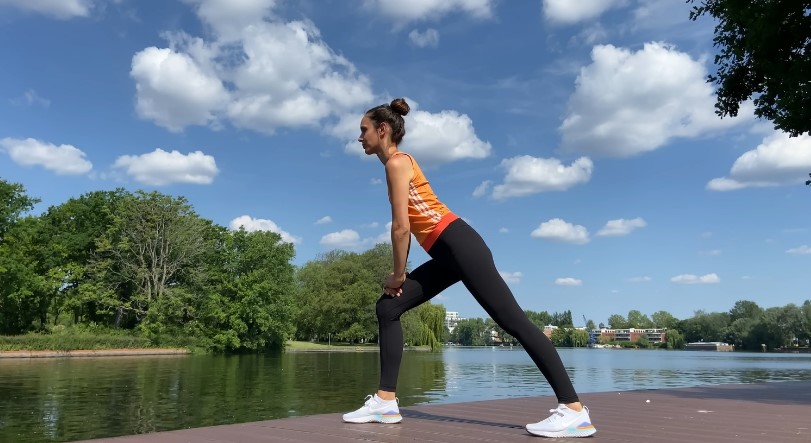
Doing the same workout, at the same place, at the same time, invites unwanted attention. People with bad intentions rely on patterns.
Changing things up regularly makes it more difficult for anyone to anticipate your movements.
Predictability reduces your control over the situation. Randomness, on the other hand, introduces security through uncertainty.
Switching routes also keeps things interesting. Physical benefits come with variety, and mental stimulation increases focus. Altering scenery breaks monotony and builds resilience.
To make your schedule less predictable:
- Use multiple starting points for your routes
- Change the time of day when you exercise
- Alternate between different streets, parks, or paths
- Occasionally take a day off or substitute with indoor workouts
Safety grows stronger when your habits don’t create a clear pattern for others to follow.
10. Equip Yourself with Technology and Safety Devices
Modern safety gear doesn’t have to be bulky or awkward. Many tools are designed with outdoor exercisers in mind, blending function with comfort.
GPS tracking apps allow friends or loved ones to monitor your movement in real time, providing immediate location data in emergencies.
Personal alarms are small enough to fit in a pocket but loud enough to draw attention when activated.
Adding a few tools to your workout gear can enhance your sense of control and confidence. They require no training to use and are affordable enough to be part of anyone’s routine.
Consider carrying:
- GPS-enabled smartphone with real-time tracking activated
- Personal safety alarm like RunAngel or Birdie
- Lightweight whistle on a keyring or wrist strap
- Pepper spray or a compact self-defense pen
- Identification tag or wearable device with medical info
Many of these options are designed for convenience. When something goes wrong, having just one of these devices can make a huge difference.
The Bottom Line
Regular outdoor activity brings countless benefits, but staying safe must always come first.
Adopting these simple safety practices reduces risk and helps ensure every workout ends well.
Encourage others to be prepared, stay alert, and share these habits for a safer fitness experience. Fitness and safety should go hand in hand.
Related Posts:
- 7 Important Safety Skills Every Swimming Instructor…
- What Every Athlete Should Know About ATP Recovery Cycles
- Can Creatine Cause Constipation? All the Details You…
- Tirzepatide for Weight Loss – What Women Should Know…
- How to Avoid Injury When Starting a New Fitness…
- Posing Tips and Techniques - 10 Tips for Female Bodybuilders


